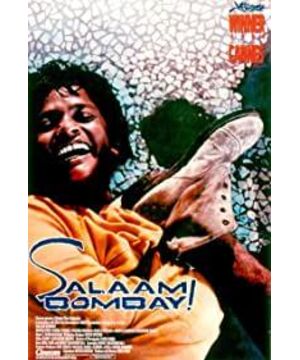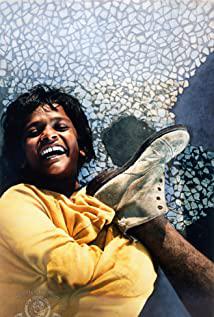Salaam Bombay describes street children and people from the fringes of society.
In this movie, most female and children characters are victims
Krishna is abandoned by his family and society. He shows innocent and compassionate at the beginning. But finally, he killed Baba. The last screen of this movie is Krishna stares into the camera and weeps.
Sweet Sixteen: a young girl from Nepal kept hostage at the brothel.
Rekha, a prostitute/single mother who lives with her daughter named Manju.
However, most male looks hideous.
Baba is a pimp, who filed to take his family responsibilities;
Chillum, Krishna's friend, is a drug addict. Finally, he died.
The narratives of victimization guarantee the audience interest and attention, because audiences always like these stories.
It seems real enough. First, audience see Bombay's drug trade, prostitution, and child labor through the eyes of eleven-year-old boy, Krishna, who has arrived in Bombay after he has been abandoned by his family. Second, the film is directed by an Indian-American filmmaker. She has Indian background; the audiences always believe the director can depict her own culture accurately. Third, at the end of Salaam Bombay , an info shows that the film is for the street children of Bombay. This makes the audience believe that the film is real.
The film seems more about the life of abandoned children on the streets who make a live by selling drugs, enjoying long hours of leisure, drinking and robbing. This is a familiar scenario to the audience and is read into the Indian context. The real questions about children's right, like job conditions, extortion, underpayment and long hours of work. These are not the point in this movie.
Actually, in most case, parents won't abandon children. They view their children as an asset to the family and their labor contributes to family income. For society, children are a source of cheap and easily exploited labor in the city.
For this reason I argue that Bombay is not necessarily representative of India as a whole, the plight of Krishna and Sweet Sixteen not necessarily the plight of all Indian children.
In other words, the city, Krishna, and the girl serve as examples of what is just a story of urbanization. It may happen in any country. It could be a story of pathos situated anywhere in the world.
View more about Salaam Bombay! reviews











